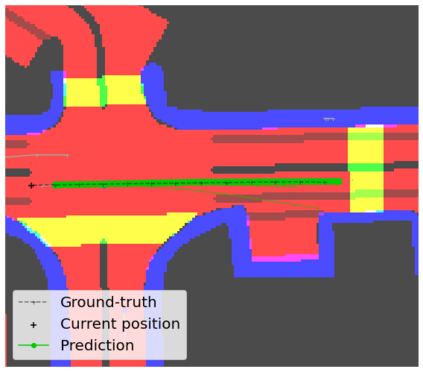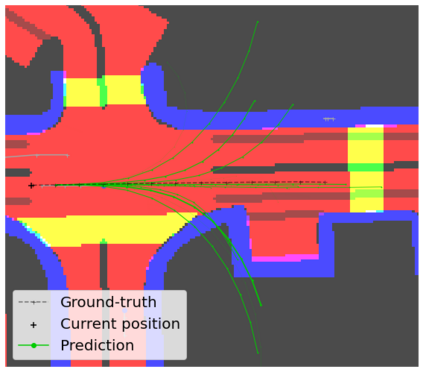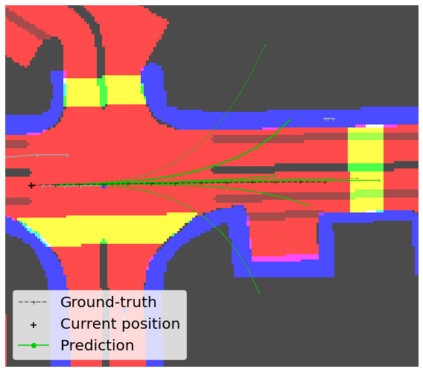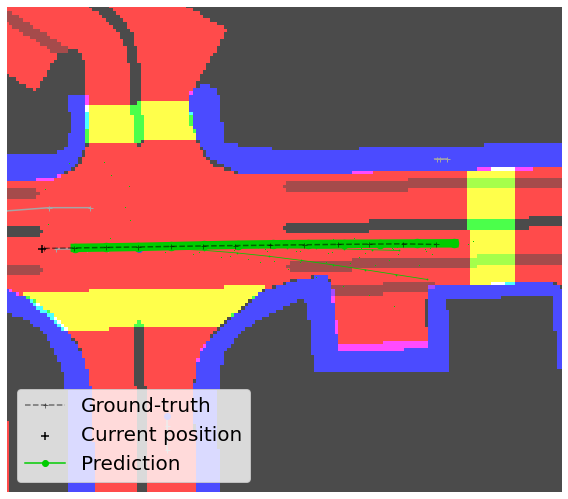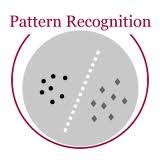Learning-based trajectory prediction models have encountered great success, with the promise of leveraging contextual information in addition to motion history. Yet, we find that state-of-the-art forecasting methods tend to overly rely on the agent's dynamics, failing to exploit the semantic cues provided at its input. To alleviate this issue, we introduce CAB, a motion forecasting model equipped with a training procedure designed to promote the use of semantic contextual information. We also introduce two novel metrics -- dispersion and convergence-to-range -- to measure the temporal consistency of successive forecasts, which we found missing in standard metrics. Our method is evaluated on the widely adopted nuScenes Prediction benchmark.
翻译:以学习为基础的轨迹预测模型取得了巨大成功,除了动态历史之外,还有望利用背景信息。然而,我们发现,最先进的预测方法往往过度依赖代理人的动态,未能利用其投入提供的语义提示。为缓解这一问题,我们引入了CAB,这是一个动态预测模型,配备了旨在促进使用语义背景信息的培训程序。我们还引入了两种新型指标 -- -- 分散和趋同 -- -- 以衡量连续预测的时间一致性,我们发现在标准指标中缺少这些预测。我们的方法是根据广泛采用的nuScenes预测基准进行评估的。

